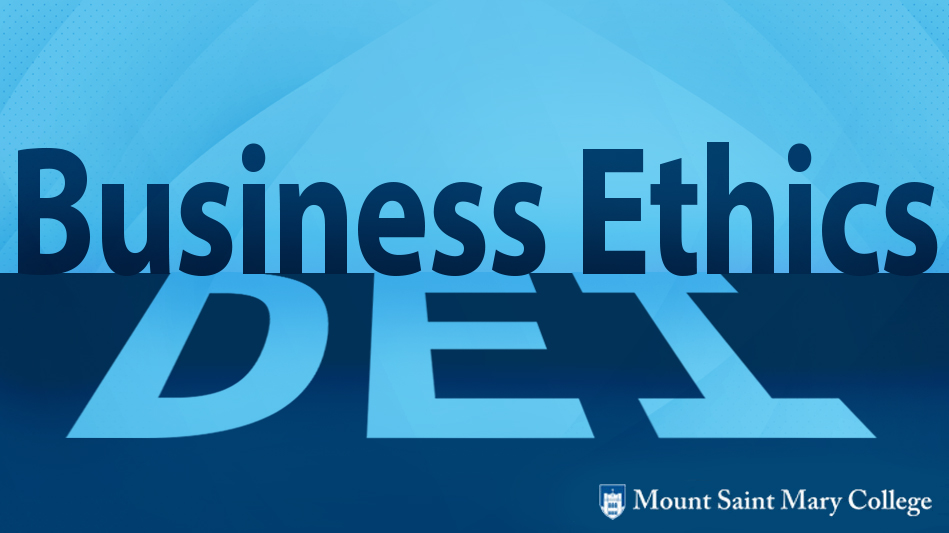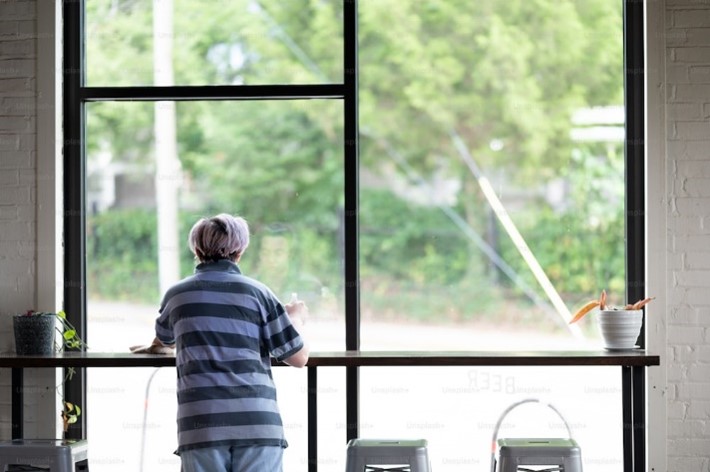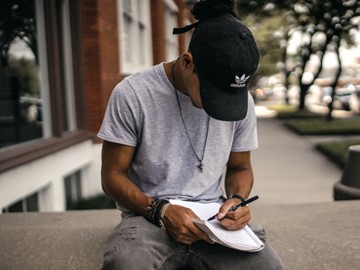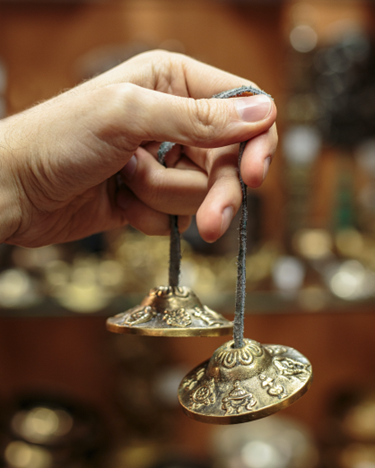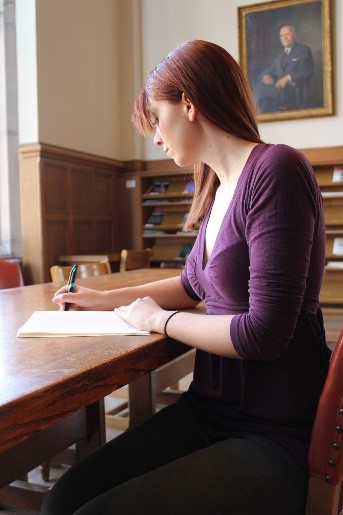By Dr Kathryn McLachlan, Honorary Senior Research Fellow, PhD, Macquarie University and Associate Professor Kate Lloyd, PhD, Macquarie University
This is the fourth post in the Reflection for learning develops metacognition series.
The aim of this series is to support educators and learners with their reflective practice as a foundational skill in developing metacognition.
The blogs in the series each focus on a different mode of reflection, with the aim of introducing a spectrum of approaches to reflective practice spanning analytical,
personalistic, critical, and creative. Each blog provides the scholarship underpinning the practice and shares a reflective activity to engage readers experientially.
There are many meaningful ways to engage with, and practice, reflection and a focus of this series is engaging the reader in a range of experiential activities.
The authors of this series are members of the Reflection for Learning circle. We have experimented, practiced and researched Reflection for Learning for over ten years.
The question
This post asks: “How can arts-based creative practices support reflection?”
Reflection and Metacognition
Creative practices like drawing and weaving have been shown to be associated with relaxation, reflection, creativity, and mindfulness (Belkofer, Van Hecke & Konopka, 2014), which in turn have been linked to enhanced cognitive and academic performance (Shapiro, Brown & Astin, 2008). Offering different and arts-based modes of reflective practice can be a “novelty seeking” activity that can enhance creativity and divergent thinking (Goclowska, et al., 2019). These creative new experiences can support a growth mindset (Dweck, 2017) and enable learners to discover that they can, with effort, improve their creative skills.
Reflective practice supports development of executive function such as working memory and cognitive flexibility and learners who engage in arts-based reflection activities can “amplify” their learning, enhancing academic performance. (Magsamen & Ross, 2023). These creative practices are often new or novel mediums for the students’ reflective repertoire, evoking different processes of reflection (Harvey et al., 2016). Examples of arts-based practices include painting, drawing, video, colouring-in and many uses of images such as photos which can “ignite inquiry…promote self awareness, self monitoring, reflective and reflexive practice while producing questions and answers….” (Lemon, 2007, p.183). Similarly, arts-based activities incorporating music in higher education teaching can enhance cognitive processing (attention, learning and memory) (Magsamen & Ross, 2023).
What does this look like in practice?
The “drawing with both hands” activity involves participants drawing in three different ways, and then participating in personal and group reflection. Follow this link for details on how to facilitate the process: see p.64 of our practice guide.
Other creative techniques such as weaving can also foster reflection, mindfulness and connection. For examples see Indigenous led practices of weaving from Bawaka in Northeast Arnhem land or the The Tjanpi Desert Weavers.
How can I learn more?
For more creative practices go to:
- A guided drawing meditation Happiness Break: Sketching Serenity with Chris Murchison (berkeley.edu)
- Musical Stimulus – YouTube
References
Belkofer, C. M., Van Hecke, A. V., & Konopka, L. M. (2014). Effects of drawing on alpha activity: A quantitative EEG study with implications for art therapy. Art Therapy, 31(2), 61-68. https://doi.org/10.1080/07421656.2014.903821
Dweck, C.S. (2017). The new psychology of success. How we can fulfill our potential. Ballantine.
Goclowska, M., Ritter, S.,Elliot, A. J. & Baas, M. (2019). Novelty seeking is linked to openness and extraversion, and can lead to greater creative performance. Journal of Personality, 87(2), 252-266. DOI: 10.1111/jopy.12387
Harvey, M., Lloyd, K., McLachlan, K., Semple, A-L., Walkerden, G. (2020). Reflection for learning: a scholarly practice guide for educators. AdvanceHE, York (UK).
Harvey, M., Walkerden, G., Semple, A. L., McLachlan, K., Lloyd, K., & Baker, M. (2016). A song and a dance: Being inclusive and creative in practicing and documenting reflection for learning. Journal of University Teaching & Learning Practice, 13(2),3.
Lemon, N. (2007). Take a photograph: teacher reflection through narrative. Reflective Practice, 8(2), 177-191. https://doi.org/10.1080/14623940701288982
Magsamen, S. & Ross, I. (2023). Your brain on art. How the arts transform us. New York: Random House
Shapiro, S. L., Brown, K. A., & Astin, J. A. (2008). Toward the integration of meditation into higher education: A review of research. Center for Contemplative Mind. https://www.contemplativemind.org/files/MedandHigherEd.pdf


